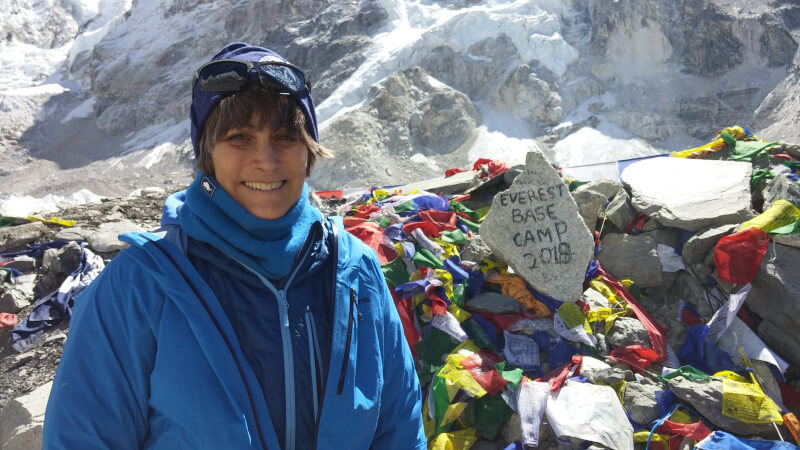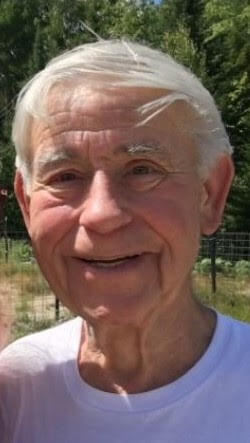2020 Golden Service Awards
Each year Orienteering USA recognizes several individuals that have provided service to the sport of orienteering beyond the club level by playing key roles at National Events, organizing training camps and festivals, serving on boards or committees at the national level and more. This year we award the Golden Service Award to the following seven individuals. Congratulations to all of you and Thank You for your efforts!
- John Brady (COC) – John has worked tirelessly to promote youth orienteering as long-time coach of Tahoma Orienteering in the Washington Interscholastic Orienteering League as well as mentoring a new generation of coaches in the WIOL. He is a prolific mapper and this year with the reduced orienteering due to the coronavirus pandemic has developed a extensive series of DIY options for youth and their families, hosted a summer training camp and is currently running a fall covid-safe series of sprint events.
- Shane Dawalt (OCIN) – Shane regularly manages download at local events and is a member of the results team for the Flying Pig NRE events. He has taken it upon himself to improve the software for results display screens which are used for both local and NRE events. He has implemented and administers a database which helps the club grow and track competition status for the Tri-State Orienteering League (TROL). Shane regularly serves as course setter for both local and national events.
- Mary Jones (OK) – Mary has served as President of Orienteer Kansas for decades and was the meet director for the 2013 US Interscholastic & Intercollegiate Champs. For the past 5 years she has directed the orienteering event in the Kansas State Sunflower Games inviting participants from across the state of Kansas to the sport of orienteering. She has been actively promoting Orienteering for Women in the Kansas City area and has run events at Fort Leavenworth Army Base benefiting military families for a number of years.
- Cristina Luis (TSN) – Cristina was a founding member of the OUSA Tech Committee launching numerous initiatives such as the website revamp. She has also served on the selection committee for the US National Team, serving many roles including WOC Team Manager for three years. She is also a primary organizer and webmaster for the Southwest Spring Orienteering Week Festival.
- B Brooke Mann (RMOC) – Brooke has been an instrumental volunteer assisting with promotion and organization of Laramie Daze in Wyoming as well as the Southwest Spring O Fests in Arizona. She is a skilled photographer providing engaging media content for both local/regional events and providing media to Orienteering USA national media channels. She handles webmaster, secretary and registrar duties for RMOC, her primary club in Colorado as well as being involved with most of the local events.
- Allan Pincus (LAOC) – Allan has served on the LAOC board and is the point person for EventReg handling registration duties for at least 6 National events including the US Trail-O and Relay Champs in 2017. EventReg is used for all local LAOC events and Allan coordinates all event configuration to ensure a smooth registration process.
- Jon Torrance (QOC) – Jon has been involved with QOC in a variety of volunteer positions for over 2 decades and is also involved at the national level presently serving as the OUSA Vice President of Competition. Jon takes on key leadership positions in nationally sanctioned events including meet director of the US Night & Ultralong Champs in 2014, heading up the course setting & vetting team for the US Classic 2-Day Champs in 2017 and returned to the meet director role for the Junior Nationals held on the Marine Corp Base at Quantico in 2019. Jon is also involved in the mapping process for many of the maps used for these high caliber events. He is a strong advocate for QOC hosting at least one NRE each year including an event coming up in December on a new map at Prince Willian Forest.
Once again Orienteering USA would like to extend its gratitude and congratulations to these tireless individuals who have given so much of their time and expertise to the promotion of orienteering in the US. A list of previous Golden Service Award winners can be found on the OrienteeringUSA website.



